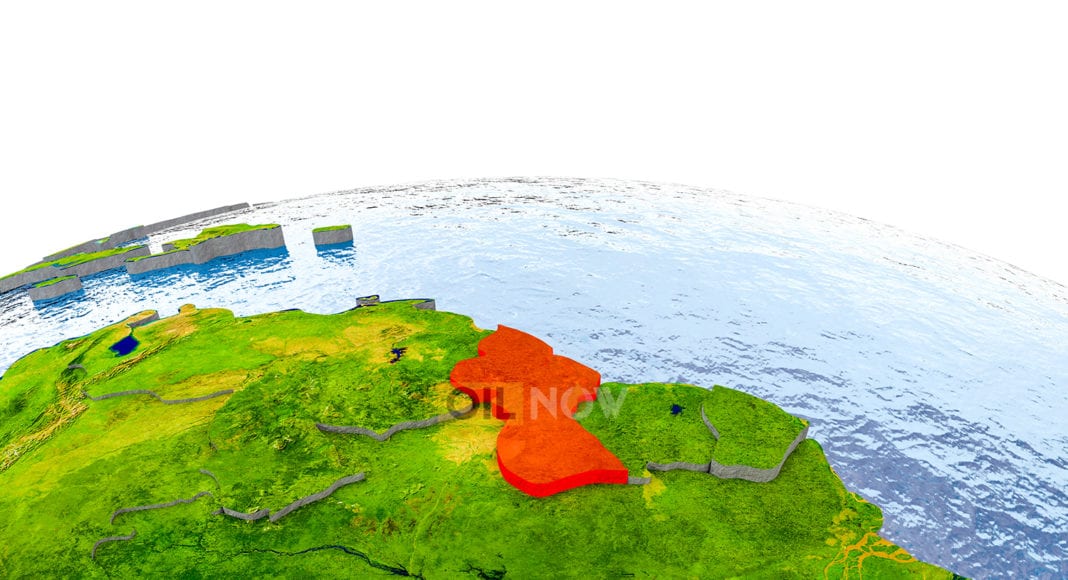Guyana’s Environmental Protection Agency (EPA) is currently developing flaring targets for ExxonMobil’s future offshore projects. And with the Liza Phase 1 Environmental Permit up for renewal on June 1, 2022, the EPA announced that flaring targets will also be included in that document.
The agency’s disclosure follows its recent modification of the Liza Phase 1 Environmental Permit that now includes a US$30 payment for flaring. It was keen to note that the modification to the permit was pursued in strict accordance with Guyana’s legislation due to the intermittent periods of flaring by ExxonMobil as a result of technical issues with its flash gas compressor.
Before being modified, the Liza 1 Permit prohibited ‘Routine Flaring’. But the EPA explained that process upsets, equipment failures and maintenance events are not considered ‘Routine Flaring’ in the Petroleum Industry. Those were not specifically addressed or regulated in any way by the original Permit. Added to that, the original Permit only required the company to notify the EPA for flaring sustaining a volume of at least 10 million cubic feet per day (MMCFD) lasting at least five days.
With the modified Permit, specific timelines for detailed instances of flaring, and notification and approval processes are included. For this, the environmental regulator pointed out that ExxonMobil must justify its reason(s) for flaring, with the Agency reserving the right to reject this request if unjustified.
Unlike the original Permit, the EPA stated that the timelines prescribed by the modified Permit are consistent with the United States (US) Code for Federal Regulations – this establishes that flaring may not exceed 48 hours without seeking approval.
Another stringent provision in the modified Permit is the below-average international benchmark for flaring during start-up periods. While internationally, the initial start-up period averages approximately 90 days, ExxonMobil will be permitted 60 days. This is also consistent with the recently issued Payara Environmental Permit.
Any flaring in excess of these timelines will result in ExxonMobil paying US$30 per tonne of CO2e.
“The EPA has commenced the process of developing specific flaring targets for the upcoming renewal of the Liza 1 Environmental Permit…as well as other upcoming [ExxonMobil Guyana] projects offshore Guyana,” the regulator said.
In addition to Liza Phase 1, Phase 2 will come onstream by 2022 and a third project at Payara is targeting start-up in 2024. An application for environmental authorisation has also been submitted to the EPA for a fourth project at Yellowtail which is expected to begin producing oil by 2025.



